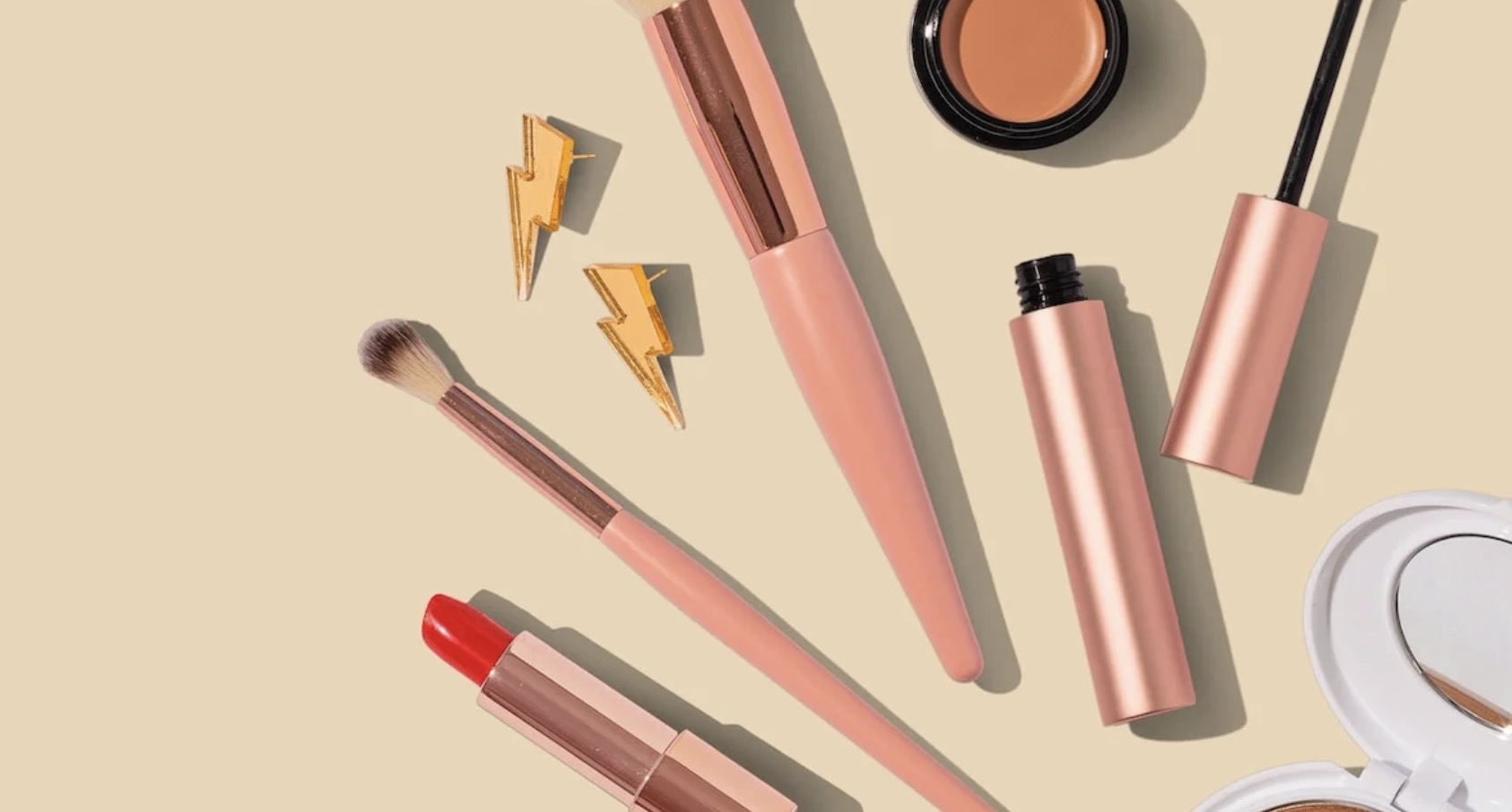From the ancient Egyptians to the modern beauty enthusiasts, makeup has been an integral part of human culture. However, have you ever stopped to wonder, what is makeup made of? This detailed analysis delves into the history, evolution, and composition of cosmetics, aiming to unveil the mystery behind your favorite beauty products.
Chapter Overview
Ancient Makeup: The Origin Story
The genesis of makeup dates back to the ancient Egyptians, who utilized an array of plants and minerals for their beauty routines. Almonds, copper, lead, and ash were among their preferred ingredients. They also employed oils to shield their skin from the harsh sun.
Subsequently, the Chinese and Japanese incorporated rice powder and henna dyes into their beauty regimes, marking their social classes with distinct nail colors. Ancient Greek women, on the other hand, introduced the use of white lead paint on their faces and crushed berries for cheek color. These primitive makeup practices were the precursors to the cosmetic innovations we witness today.
The Modern Makeup Matrix
The contemporary makeup industry has evolved significantly from using ash and lead to a more complex concoction of ingredients. Today, the average makeup product consists of 15 to 50 ingredients, primarily water, oil, and wax.
Water serves as a solvent, dissolving other elements and enabling their amalgamation. Oils and waxes confer smoothness to the makeup, facilitating its application, and often doubling as skin softening agents.
The Chemical Constituents
In addition to these primary ingredients, a multitude of chemicals forms the backbone of your makeup products. Emulsifiers, for instance, are crucial for mixing oil and water. Preservatives help extend the product’s shelf life, while coloring agents add hues to your cosmetics.
These coloring agents can be derived from various sources, including minerals, plants, and even animals. For example, a pink, red, or purple lipstick or blue or green eyeshadow contains a coloring agent.
The Natural Ingredients
Contrary to the chemical constituents, a growing trend towards “all-natural” makeup has emerged, focusing on products free from artificial makeup ingredients. Such cosmetics may incorporate natural elements like aloe vera, known for its anti-aging, anti-inflammatory, and anti-microbial properties.
Jojoba oil, another natural constituent, is a versatile cosmetic ingredient lauded for its hydrating properties. Squalane, derived from olives, soothes acne-prone or oily skin and increases hair strength and shine.
The Vegan Approach
Parallel to the “all-natural” trend, there’s a surge in demand for vegan makeup. To qualify as vegan, a product must not contain any animal-derived ingredients. This means excluding elements like lanolin (wool grease), carmine (crushed beetles), gelatin (derived from cow bones, tendons, and ligaments), allantoin (cow urine), and placenta (sheep organs).
The Makeup Catalog: What is Makeup Made Of?
Several types of cosmetics exist, each having a unique composition. Let’s explore the key ingredients found in the most commonly used makeup products.
Lipstick
Lipstick, the quintessential cosmetic product, primarily contains wax, oil, alcohol, and pigment. Wax provides shape and spreadability, oil adds moisture, and pigment gives the color. Film formers, both synthetic and natural, ensure the lipstick’s even application and staying power.
Mascara
Mascara, the eye-enhancer, uses water, waxes, thickeners, and pigment-changing ingredients in its formula. Its modern recipe emerged after the banning of harmful coal and tar, and it now relies on carbon for black color or iron oxides for brown.
Powders, Foundations, and Blush
These products employ a blend of organic compounds, minerals, oils, perfume fragrances, and pigments. Powder foundations typically lack water, making them closer cousins to lotions and creams.
Cosmetic Ingredients to Avoid
While cosmetics boast a variety of ingredients offering diverse benefits, certain constituents can be potentially hazardous. Chemicals such as BHA/BHT, DEA, Dibutyl Phthalate, Formaldehyde, and Parabens, among others, are makeup ingredients you should be wary of. Their effects can range from hormone disruption to potential carcinogenic effects.
The Role of FDA in Makeup Regulation
Despite the extensive ingredient list in cosmetics, the role of the Food and Drug Administration (FDA) in regulating these ingredients is limited. The FDA does not require specific tests to demonstrate the safety of individual personal care products or ingredients, nor does it mandate cosmetic companies to share their safety information.
Ensuring safe manufacturing standards and product recalls primarily falls under the manufacturer’s jurisdiction. The onus, therefore, lies on us, the consumers, to vet and decide what ingredients are acceptable for our skin.
Makeup Labels: Your Guide to What’s Inside
To demystify what is makeup made of, one must turn to the product labels. These labels list all the ingredients contained in the product, often in descending order of their concentration. If you come across any ingredient that you’re unsure about, it’s advisable to research it.
The Verdict: What is Makeup Made Of?
In conclusion, makeup is an intricate blend of various ingredients, each serving a distinct purpose. From basic elements like water, oil, and wax to complex chemicals and natural components, the world of cosmetics is diverse. However, the key to using makeup safely lies in understanding its composition and being aware of the ingredients that can potentially harm your skin.
So the next time you pick up that lipstick or mascara, take a moment to ponder, what is makeup made of? The answer might surprise you!

